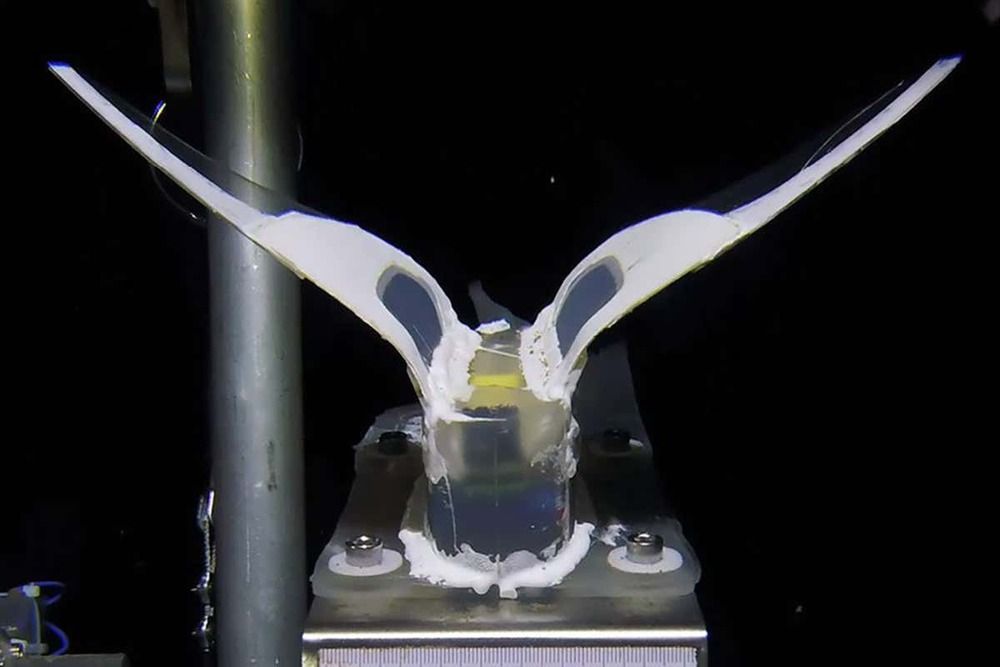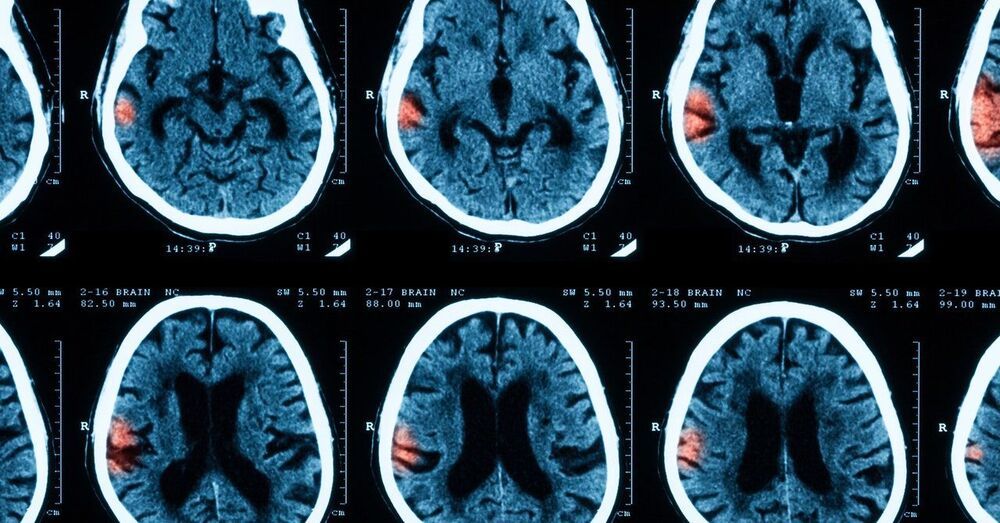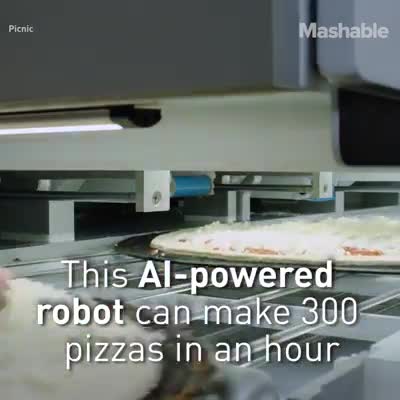A silicone robot has survived a journey to 10900 metres below the ocean’s surface in the Mariana trench, where the crushing pressure can implode all but the strongest enclosures. This device could lead to lighter and more nimble submersible designs.
A team led by Guorui Li at Zhejiang University in China based the robot’s design on snailfish, which have relatively delicate, soft bodies and are among the deepest-living fish. They have been observed swimming at depths of more than 8000 metres.
The submersible robot looks a bit like a manta ray and is 22 centimetres long and 28 centimetres in wingspan. It is made of silicone rubber with electronic components spread throughout the body and connected by wires, rather than mounted on a circuit board like most submersibles. That’s because the team found in tests that the connections between components on rigid circuit boards were a weak point when placed under high pressure.








